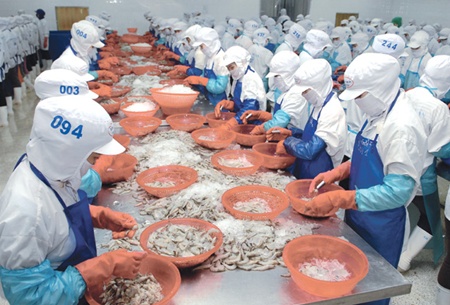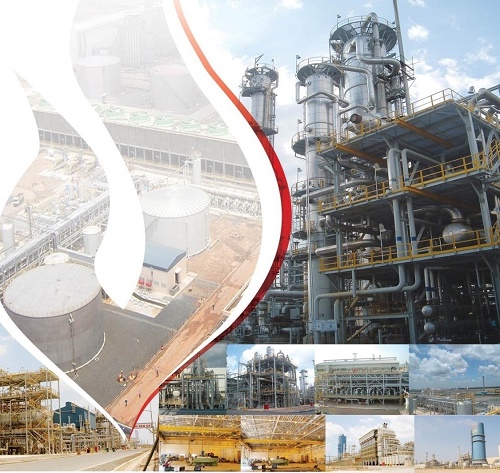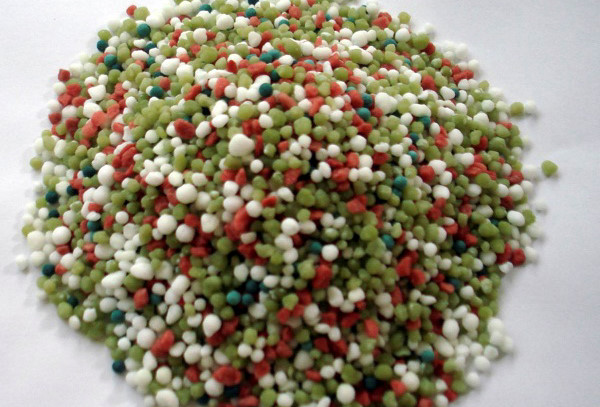Viet Nam's manufacturing output increased last month for the second consecutive month. It was the highest rate recorded since September, 2011.—File Photo
HCM CITY (VNS) —Viet Nam's manufacturing output increased last month for the second consecutive month. It was the highest rate recorded since September, 2011.
Companies reported that production was raised to help deal with higher volumes of new orders in September and October.
The backlog of work was cleared to the greatest extent since August, according to the Purchasing Managers' Index (PMI) report released on Tuesday by HSBC Vietnam.
However, the growth of the Vietnamese manufacturing econ-omy weakened in November as a fall in new orders broadly offset continued expansion of output and employment. There were reports that client demand had weakened because of stormy weather and flooding.
The headline seasonally adjusted Purchasing Manufacturing Index (PMI), a composite indicator designed to provide a single-figure snapshot of operating conditions in the manufacturing economy, was 50.3 in November.
That was down from 51.5 in October, although above the crucial 50 no-change mark for a third successive month.
November's survey indicated that volumes of new orders fell for the first time in three months.
The modest reduction followed on from a record increase in October, and was reportedly a reflection of relatively weaker demand. There was evidence that poor weather that resulted in flooding contributed to reductions in new orders.
New export orders were also down in November amid reports of softer foreign demand for Vietnamese manufactured goods.
With production requirements continuing to increase during November, manufacturers again added to their payroll numbers.
Growth in November extended the current run of employment expansion to four months, although the latest net increase was again modest.
Manufacturers also increased their purchasing activity, the third successive month that this has been the case. Growth was again solid as companies sought to service higher current output.
Stocks of purchases were also depleted, albeit only marginally.
On the price front, input costs continued to increase during November, reportedly the result of supply-side issues that led to a scarcity of raw materials.
Although solid, the degree to which input costs increased was the slowest seen since July.
Moreover, vendors were also keen to improve their performance in the face of stock shortages. Finally, manufacturers sought to protect margins by raising their own prices. — VNS
- Ba Ria - Vung Tau okays nine new projects - 18/02/2014
- Revised law to improve local investment climate - 18/02/2014
- Grand opening ceremony of the training course of 400 technicians for supporting industry - 27/11/2013
- Private-equity investors optimistic about Vietnam economy: survey - 22/11/2013
- Civil servants enjoy 9 days off for Tet - 19/12/2013

 Print
Print
 E-mail
E-mail





